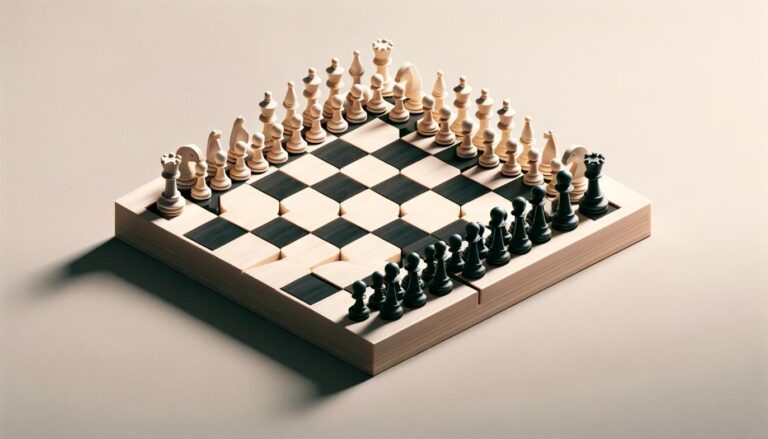The History of Greek Gift Chess
Greek Gift Chess is a classic sacrifice tactic that has been used by players for centuries. It refers to sacrificing a bishop on h7 (or h2 for Black) in order to expose the enemy king and launch a deadly attack. The name of this tactic comes from the ancient Greek city-states, where it was a common military strategy to lure enemies into a seemingly advantageous position only to trap and defeat them.
The origins of this tactic in chess can be traced back to the 18th century, where it was first seen in a game between French master Andre Philidor and Italian player Domenico Ercole del Rio. Philidor sacrificed his bishop on h7 and went on to defeat his opponent. From then on, the Greek Gift became a popular weapon in the arsenal of chess players.
The Mechanics of the Greek Gift Sacrifice
To execute the Greek Gift sacrifice, a player must have a bishop on the diagonal leading to the enemy king (g2-h7 or g7-h2) and enough pieces to support the attack. The sacrifice involves giving up the bishop in exchange for opening up the enemy kingâs position and creating weaknesses in the enemyâs pawn structure.
Additionally, the attacker needs to have control over key squares near the enemy king, such as g5 or g6 squares for White and g4 or g5 squares for Black. This will allow the attacking pieces to infiltrate the enemyâs territory and put pressure on the king.
The attacking player must also have sufficient pieces to support the sacrifice and continue the attack. This may include knights, rooks, and even the queen. The key is to have enough firepower to overwhelm the enemy king and checkmate it.
When to Use the Greek Gift Sacrifice
The Greek Gift sacrifice is not something that should be used casually in a game. It requires careful calculation and evaluation of the position. Generally, it is most effective in open positions where the enemy pawn structure is weakened, and the king is vulnerable. This is often seen in openings such as the Sicilian Defense or the Kingâs Gambit.
Another important factor to consider is the element of surprise. The Greek Gift is most effective when the opponent is not expecting it, and they do not have time to defend against it. This can be achieved by building up the attack quietly while keeping the bishop on its diagonal hidden from the enemyâs sight. When the moment is right, the bishop can be sacrificed, catching the opponent off guard.
The Risks and Rewards of the Greek Gift Sacrifice
Like any other sacrifice in chess, the Greek Gift comes with its own sets of risks and rewards. On one hand, if the sacrifice is successful, it can lead to a swift victory as the enemy king is left defenseless. It also creates an element of surprise and psychological pressure on the opponent, which can be useful in a competitive game.
However, a failed Greek Gift sacrifice can severely weaken the playerâs position. Sacrificing a bishop means giving up a valuable piece, and if the attack does not materialize, the player will be left with a material deficit. This can give the opponent the upper hand and make it difficult to recover.
Mastering the Greek Gift Sacrifice
The Greek Gift sacrifice is a classic tactic that has stood the test of time in the game of chess. It requires a combination of tactical and positional skills, along with a sense of timing and calculation. The best way to master this tactic is to study and analyze games where it has been used successfully by masters such as Mikhail Tal, Bobby Fischer, and Garry Kasparov.
Additionally, practicing with puzzles or against a chess program can help players develop their intuition and pattern recognition skills to identify when the opportunity for a Greek Gift arises in a game. With enough practice and experience, players can become proficient in this classic sacrifice tactic and use it to their advantage in their own games.






